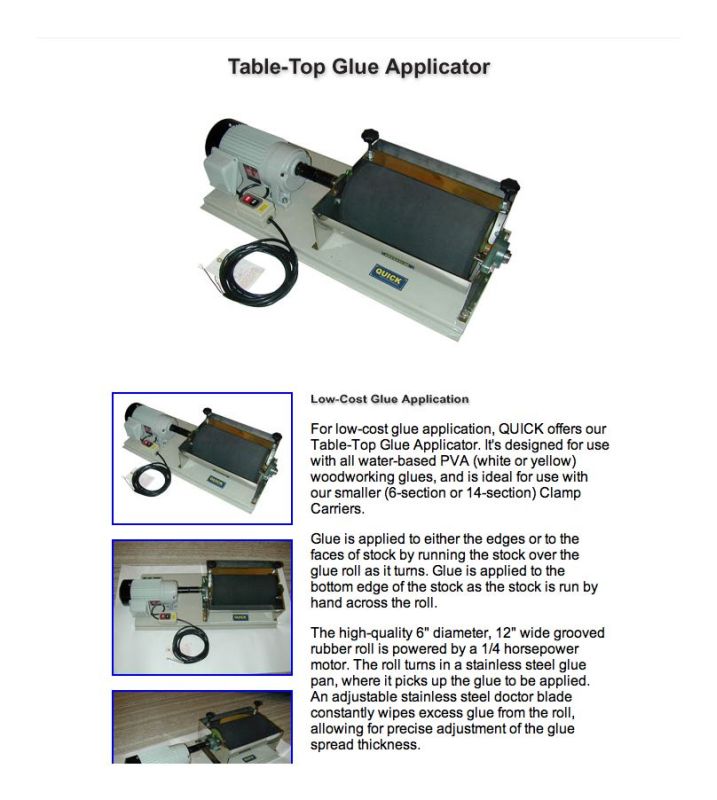Q.
How do you folks make long, straight seams in veneer? I'm often jointing several pieces to make a large surface and I always have trouble with this.
We can't afford (or fit) a stitching machine.
When you tape your face together, be sure to first place veneer tape perpendicular to the joint about every 6 to 8 inches. Generally this tape is only about 3 inches long. Then run your veneer tape in line with the joint. You will find this results in tighter joints. This assumes that your veneer is jointed properly to begin with.
The straightness of the two edges you are gluing is most important. This is where most problems start. Cutting both edges straight can be tough. When at all possible, try to cut the two edges that are to be seamed at the same time.
Veneer tape is your best bet, along with a good adhesive. Custom-Pac Adhesives can help you with both of these products.
Locke Wilde, forum moderator
By the way, there is a small seaming tool on the market which I have seen used very successfully by many shops. It is made by Beaver Tools. Beaver Tools can be found here on WOODWEB.
Locke
The jig needs to have a long bed (longer than your veneer) and a bar that is parallel to the bed above it. To this bar, which can be made of wood, I attach a row of sliding pneumatic clamps which can be positioned anywhere on the length of the upper bar, via a sliding dovetail slot. The wood can then be "clamped" while you are running it past the saw blade.
The whole carriage slides in the groove for the miter gauge on the saw and an 80-tooth ATB, negative-rake blade is used for cutting.
Comment from contributor A:
If you are trying to do professional veneer joints without a major equipment purchase you have two approaches. You can clamp your veneer between one of the variations of shooting boards. Then trim off the excess with a router, knife, or sander. Or you can use a tablesaw mounted trimming jig like the Miracle Veneer Trimmer.
